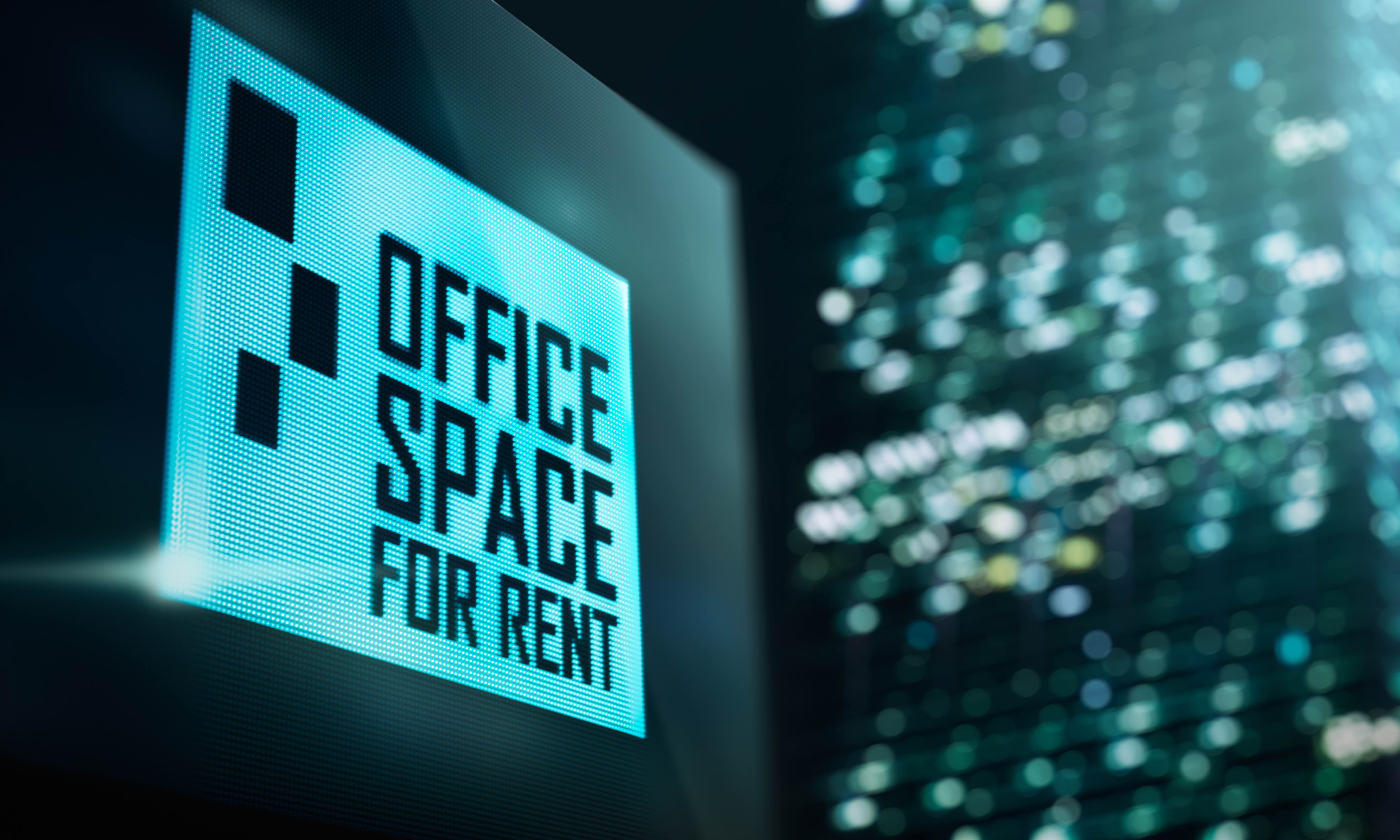By Kerri Nelan
If you rent commercial space for a company located in designated sections of Manhattan, you might soon qualify for significant tax relief. Your business could save thousands of dollars annually as a result of upcoming changes to New York City’s Commercial Rent Tax, or CRT.
First, a little background.
Manhattan’s CRT
The CRT is currently paid by commercial tenants renting space below 96th Street and above Murray Street in Manhattan who pay at least $250,000 in annual rent. The effective tax rate is 3.9 percent.
The de Blasio Administration realized that the stiff tax, compounded by the competitive threat of ecommerce, rising rents and additional tax responsibilities was (and is) endangering many of the Manhattan businesses that give the borough its character — especially smaller brick-and-mortar operations and mom-and-pop storefronts.
The administration therefore pursued efforts with City Council to provide relief. The result is the tax changes that will go into effect July 1, 2018.
Threshold Changes
The goal of CRT reform is to make it less financially burdensome to small businesses — and remove the obligation altogether for many others. Therefore, the following tax threshold changes were made
Businesses in the qualifying district with up to $5 million in annual revenue will only pay the CRT if their rent is at least $500,000 annually, rather than the current threshold of half as much.
Businesses generating revenue of between $5 million and $10 million or paying between $500,000 and $550,000 in annual rent in the tax zone will pay less than the current amount, on a sliding scale.
Possible Impact
The de Blasio Administration makes the following projections regarding the CRT changes:
It will benefit some 2,700 local businesses, with about 1,800 of those businesses no longer paying any CRT at all.
The average effected business owner will be able to shield from taxation some $11,300 to $13,000 annually.
Next Step
If you own a qualifying small business in the CRT zone, you must continue to file quarterly, as you have been doing, up until the change officially takes place. That’s because you’re still responsible for the tax before July 1.
Be sure to see a local tax advisor as soon as possible for details and proper procedures for taking advantage of this important change. The impact on your bottom line could be significant, so you don’t want to miss taking full advantage at the earliest point possible.
Voluntary Discharge Requests
On the reverse side of the coin, you should also consult a local tax advisor if you should have, but haven’t, been paying the CRT all along, perhaps out of ignorance. You will still be responsible for taxes owed, as well as interest, but a qualified tax advisor can help you legally avoid paying perhaps several thousands of dollars more in late filing and payment penalties.
I’ve handled numerous voluntary disclosure requests for this and other New York state and local taxes for numerous clients and can help you minimize the impact.
Kerri Nelan is a New York State, New York City and regional tax advisor for commercial clients. Reach her at Wiss & Company LLP at (212) 594-8155 or by emailing knelan@wiss.visioncreativegroup.com.
